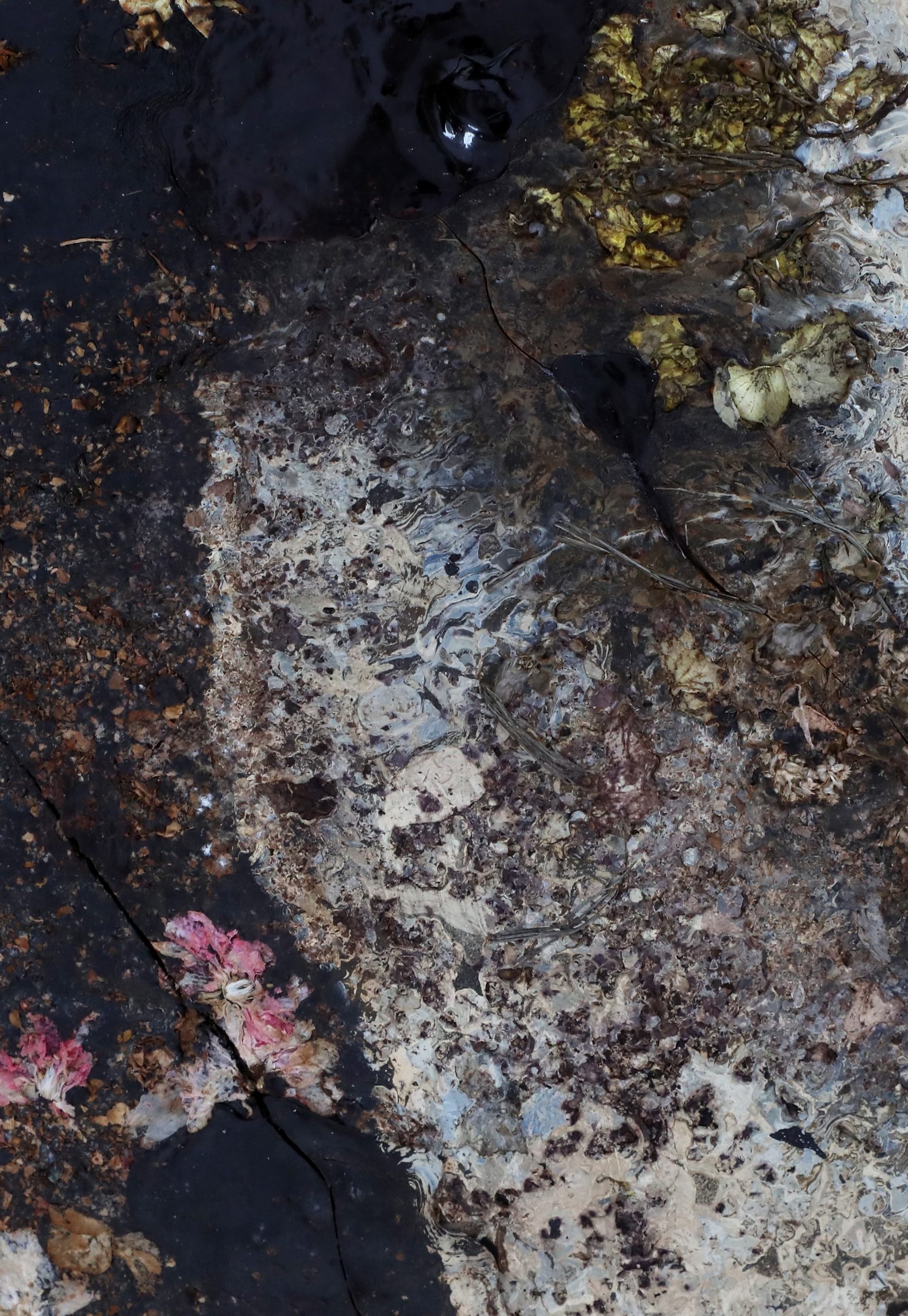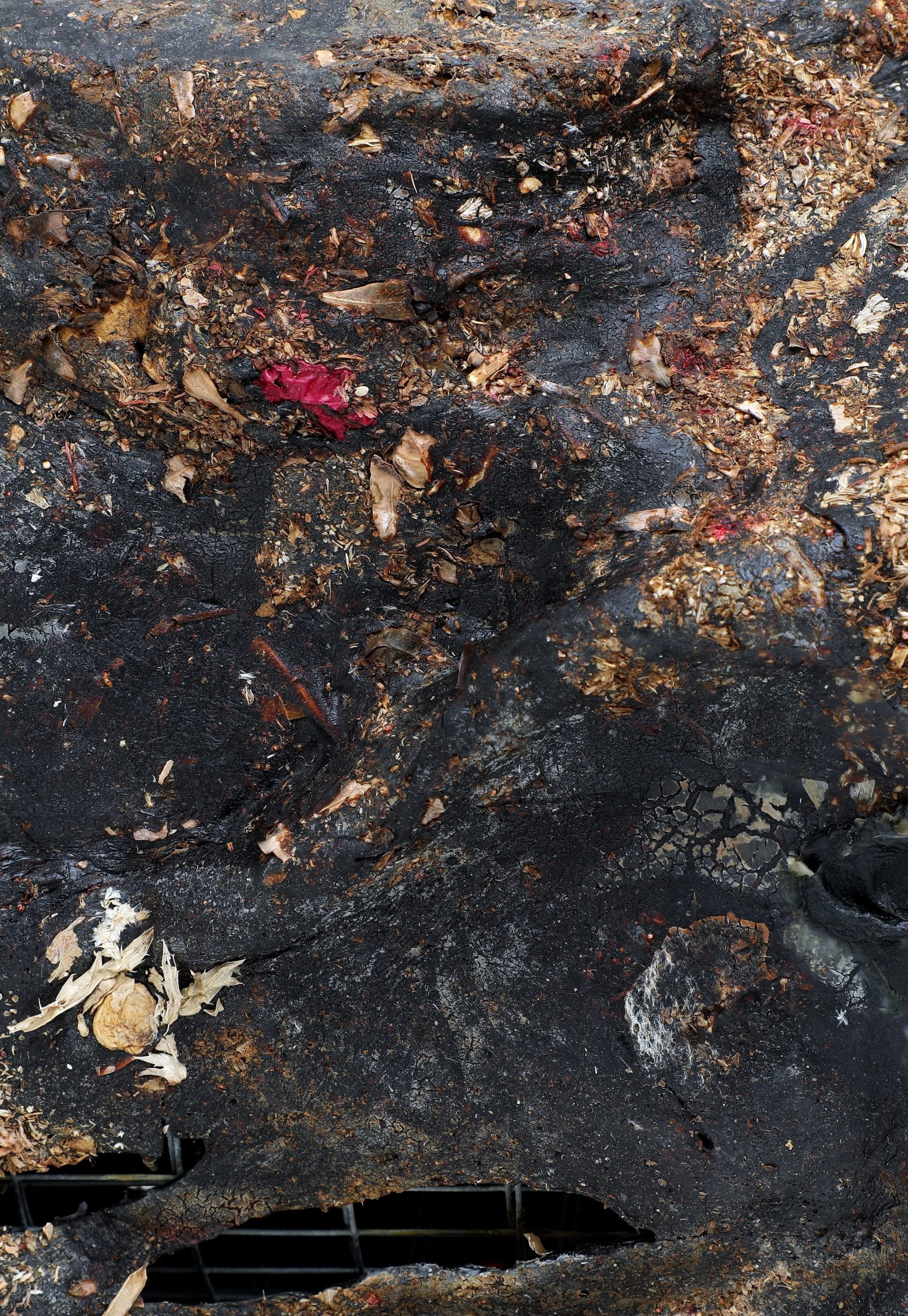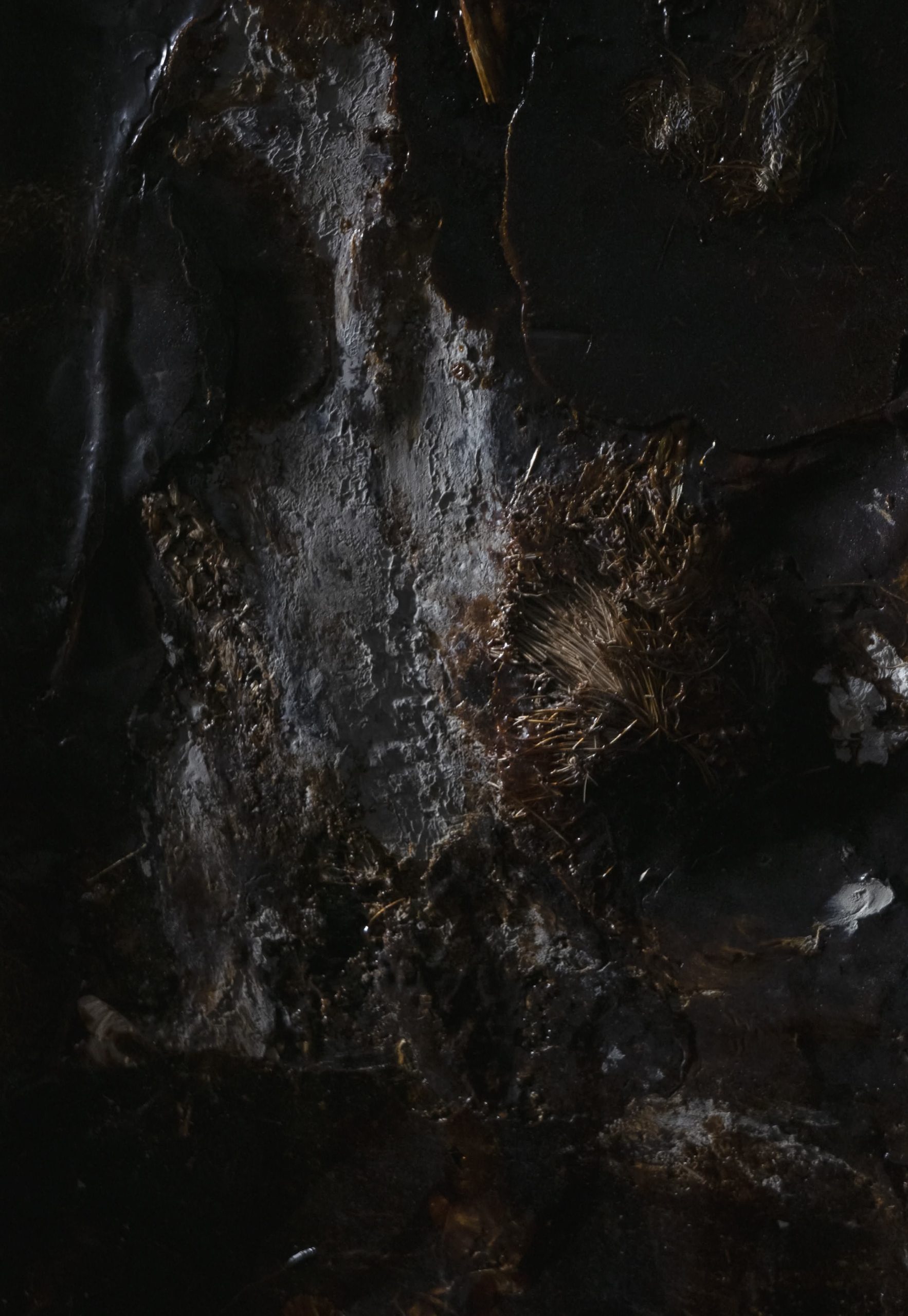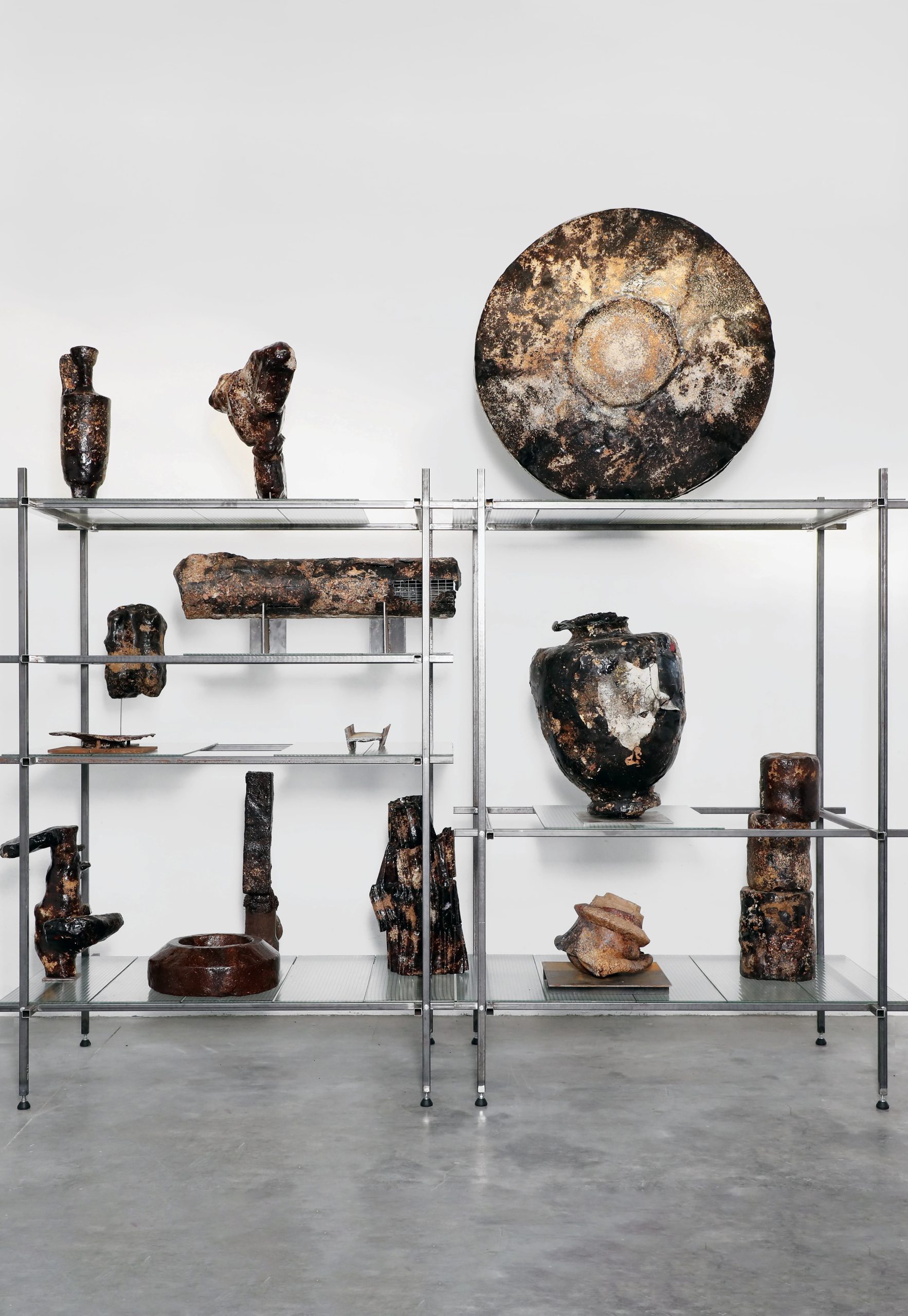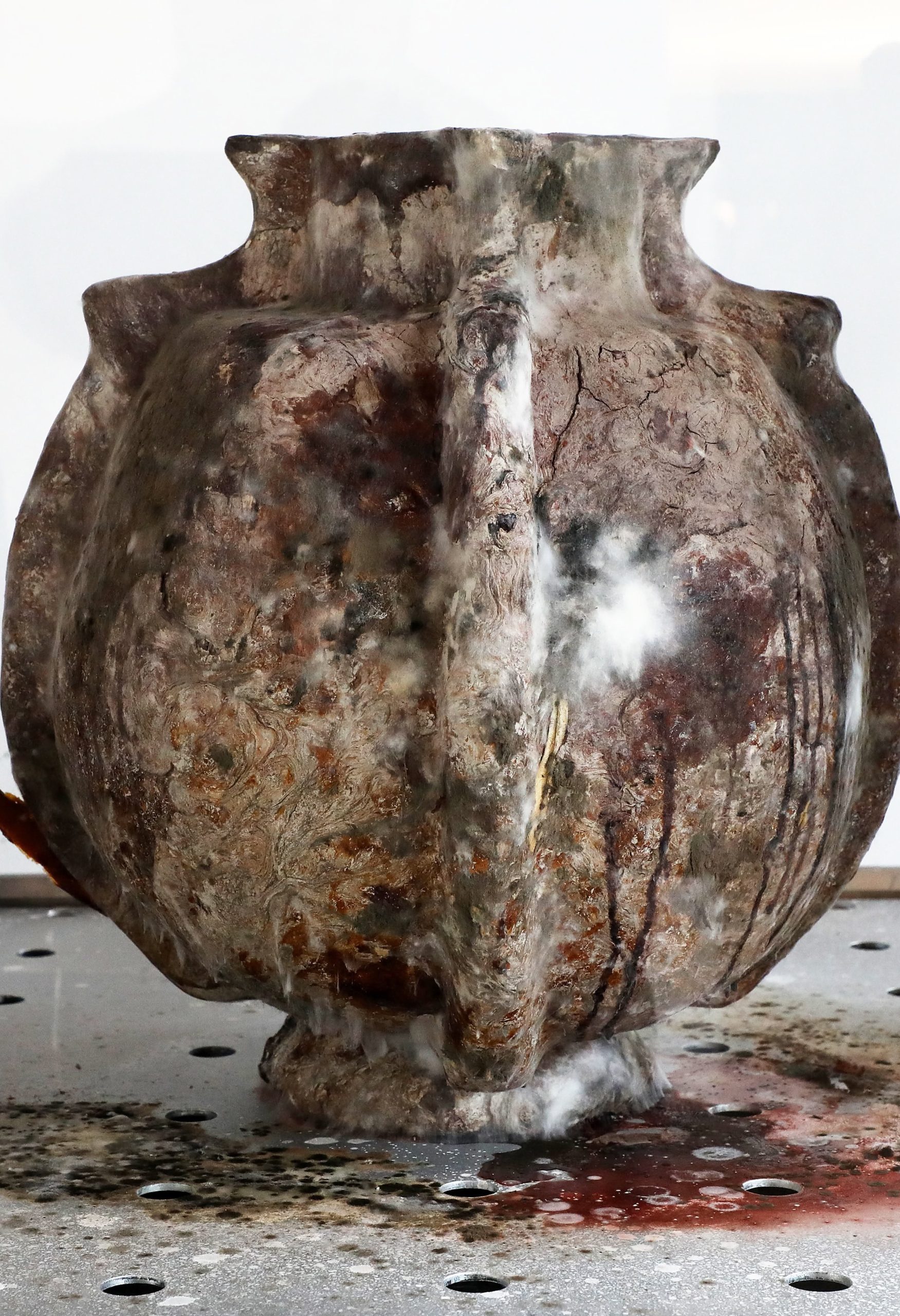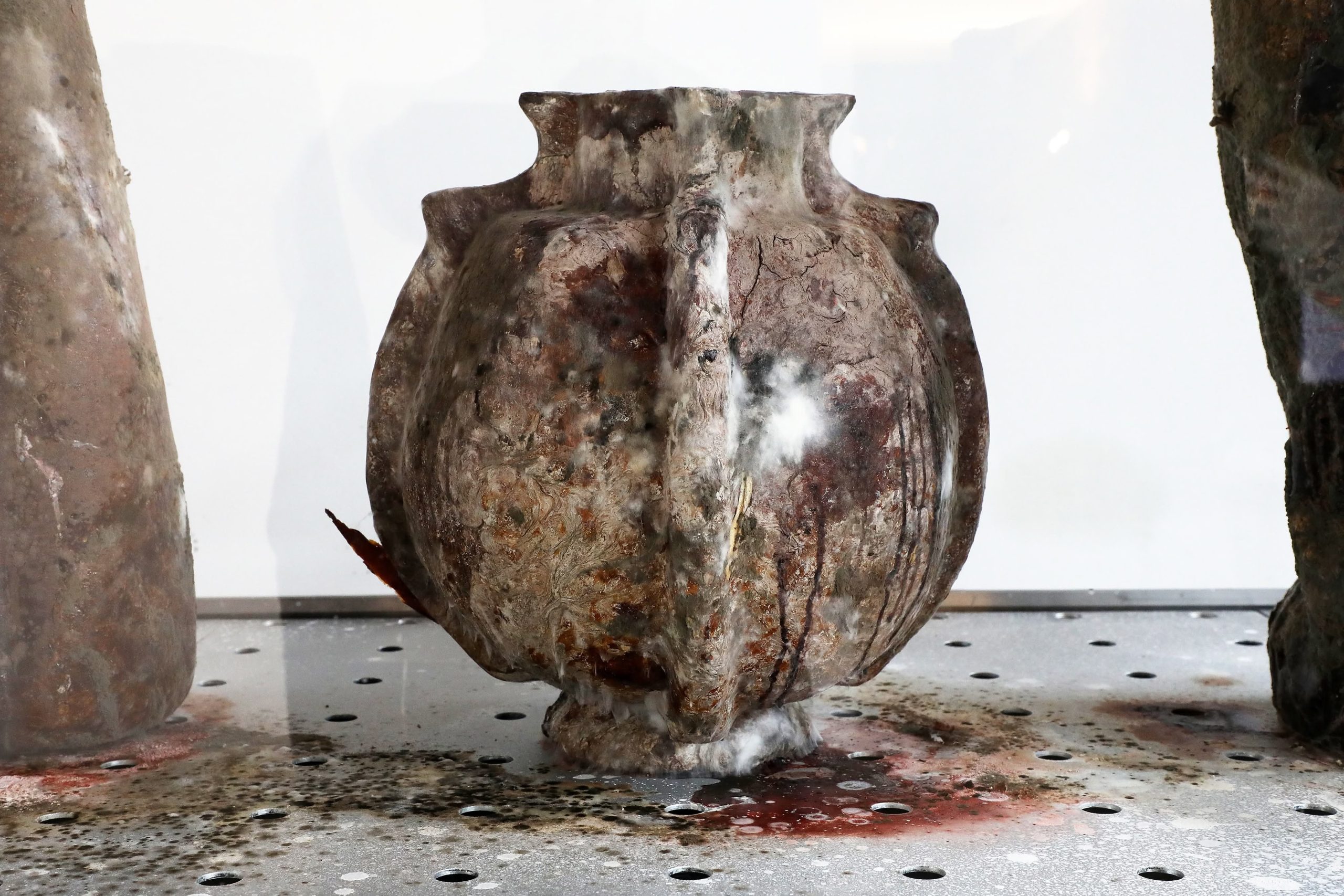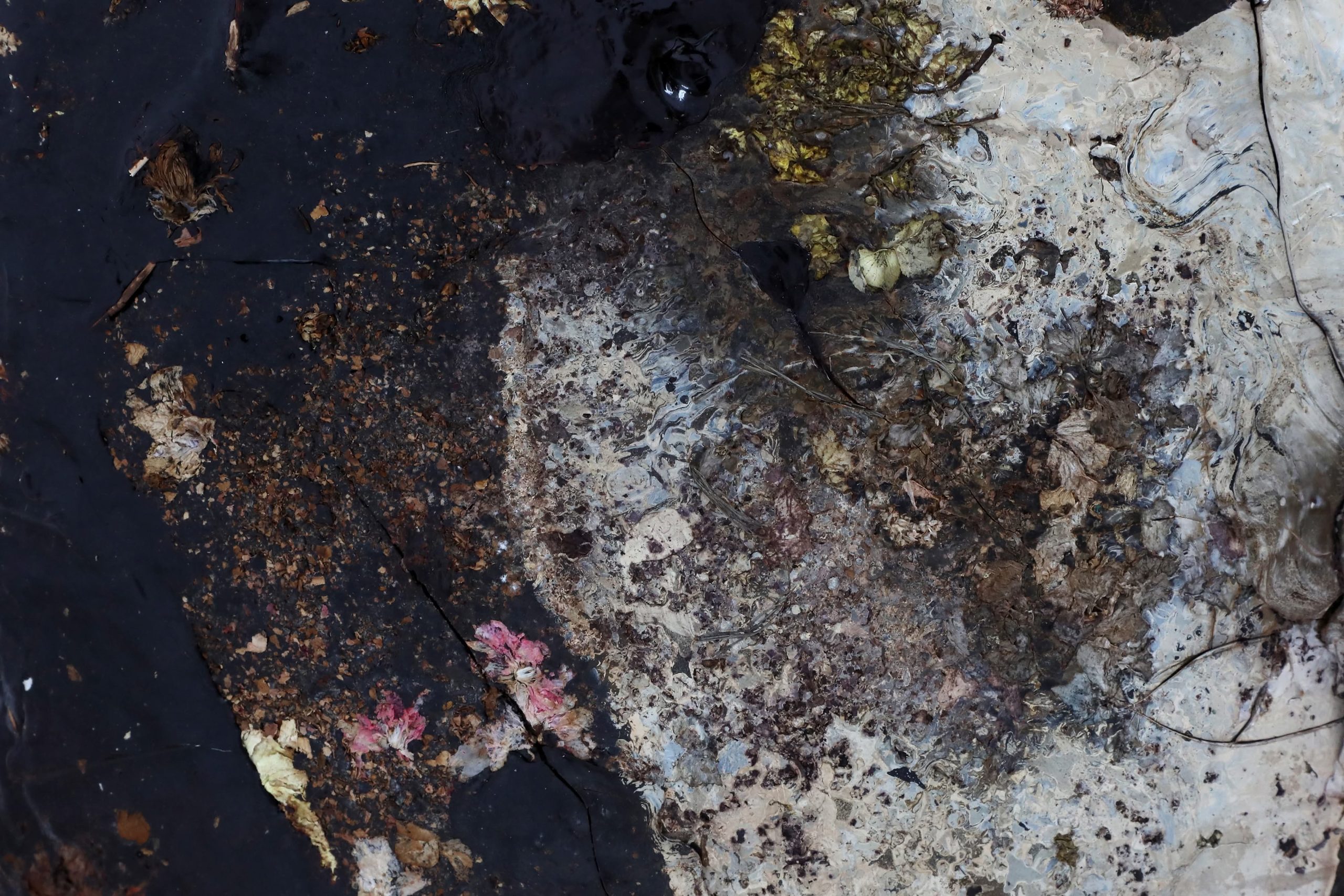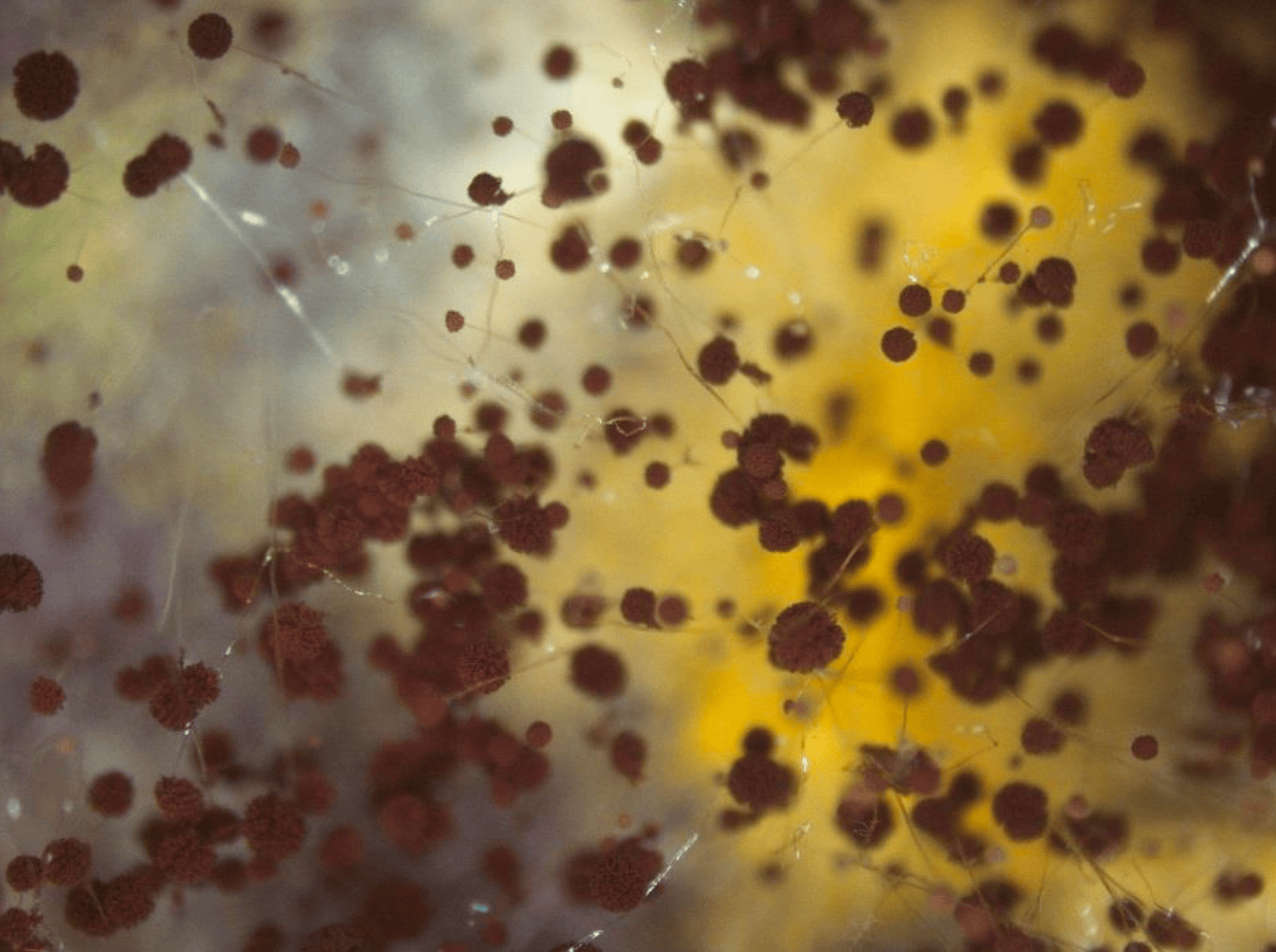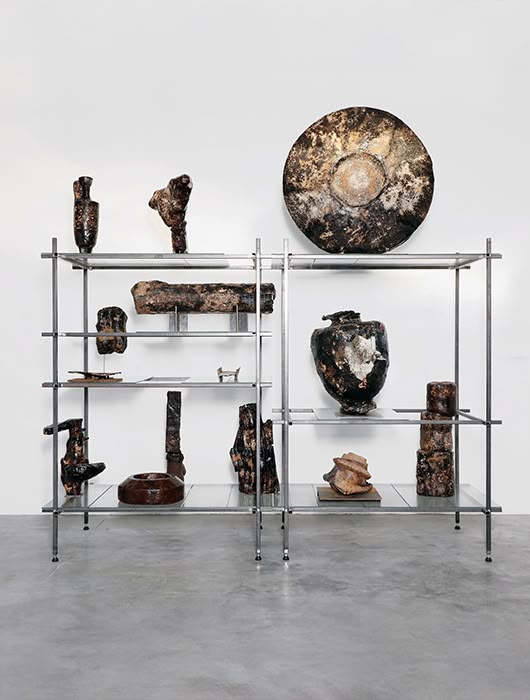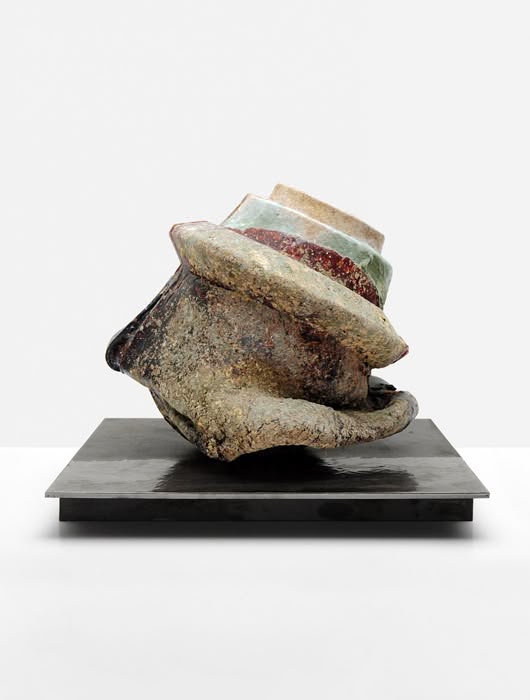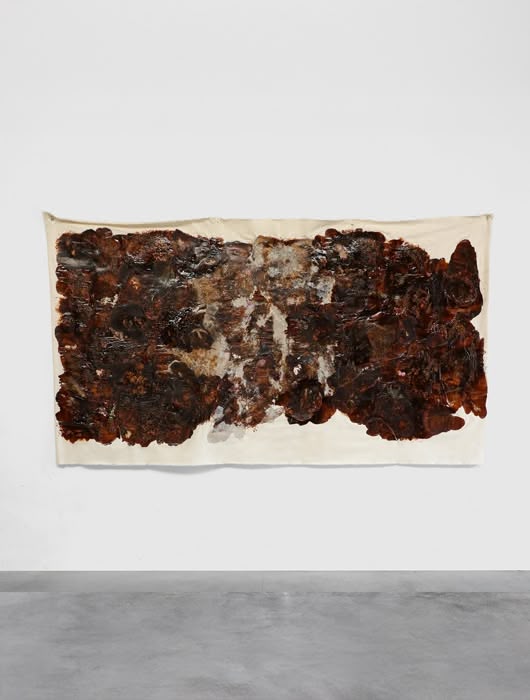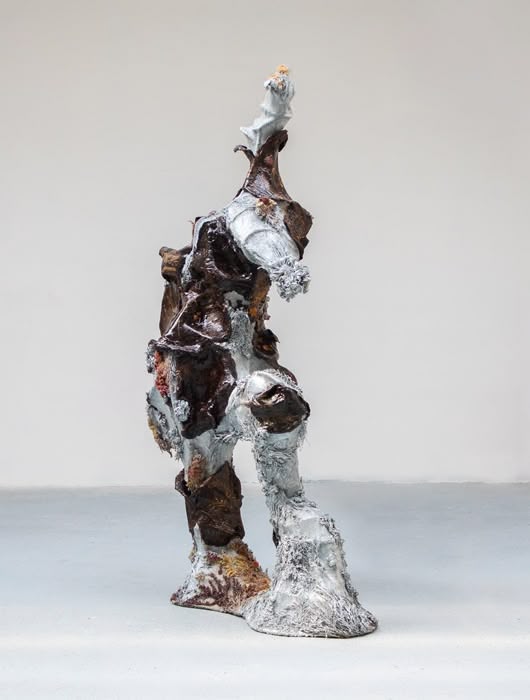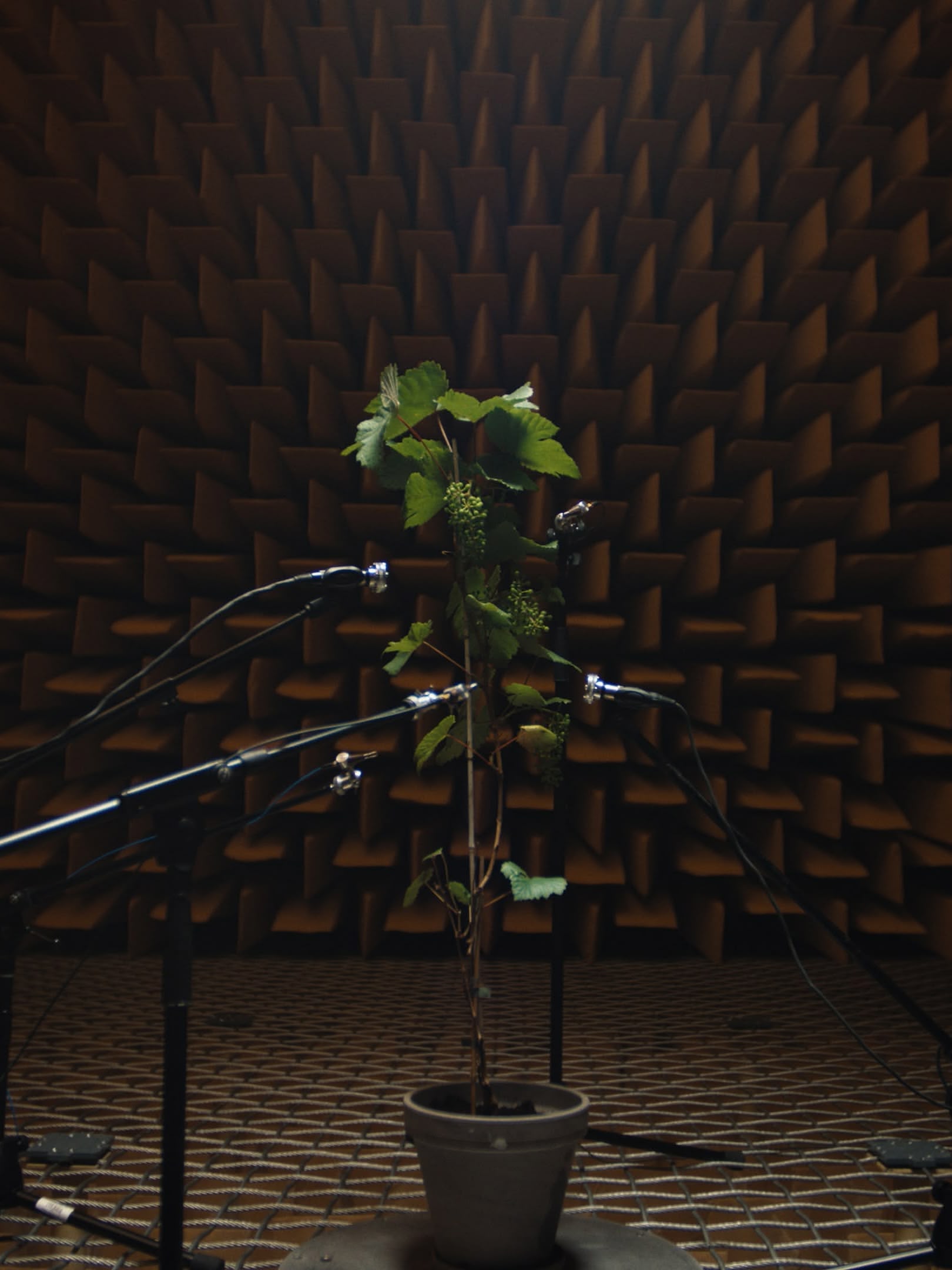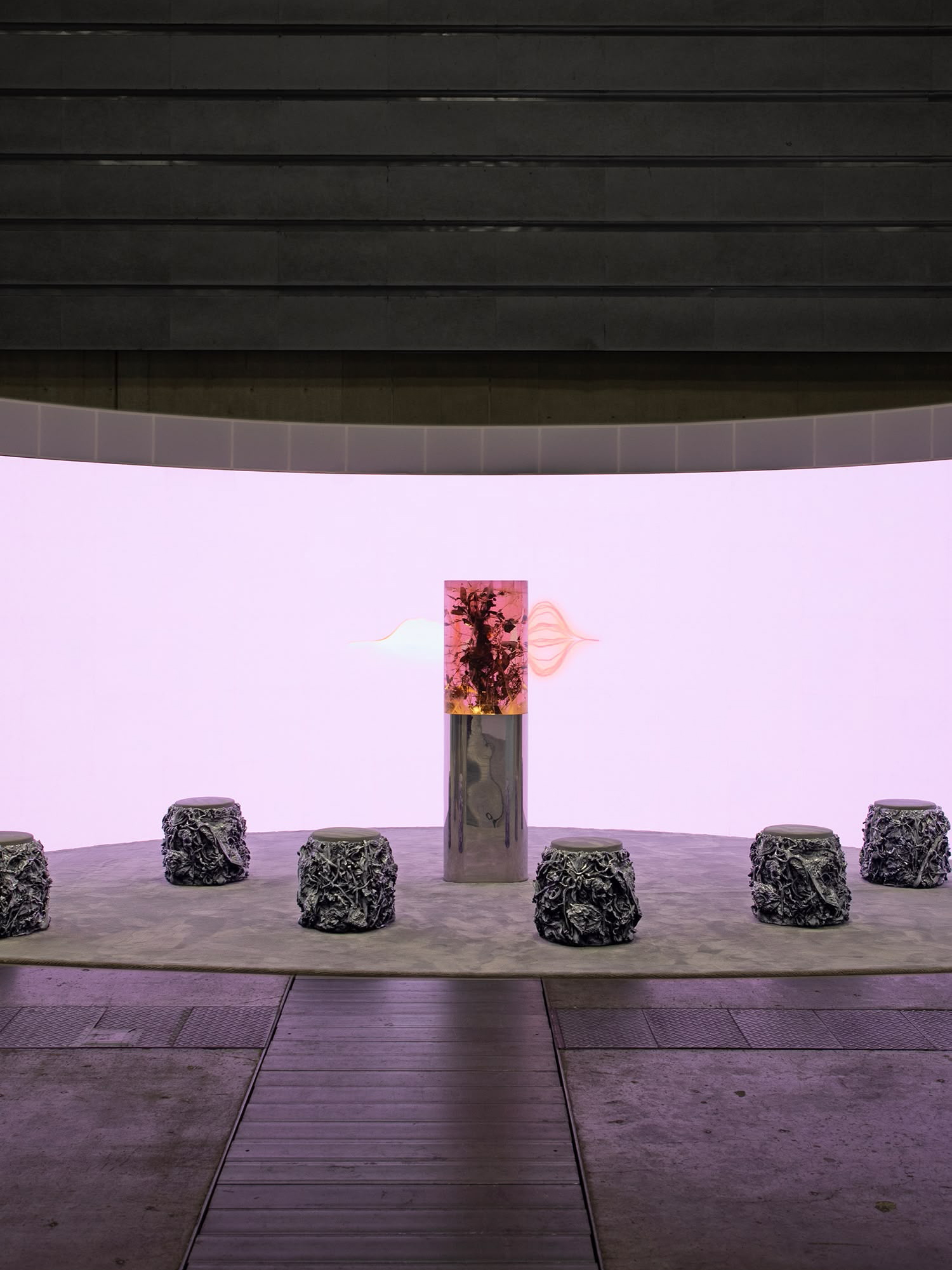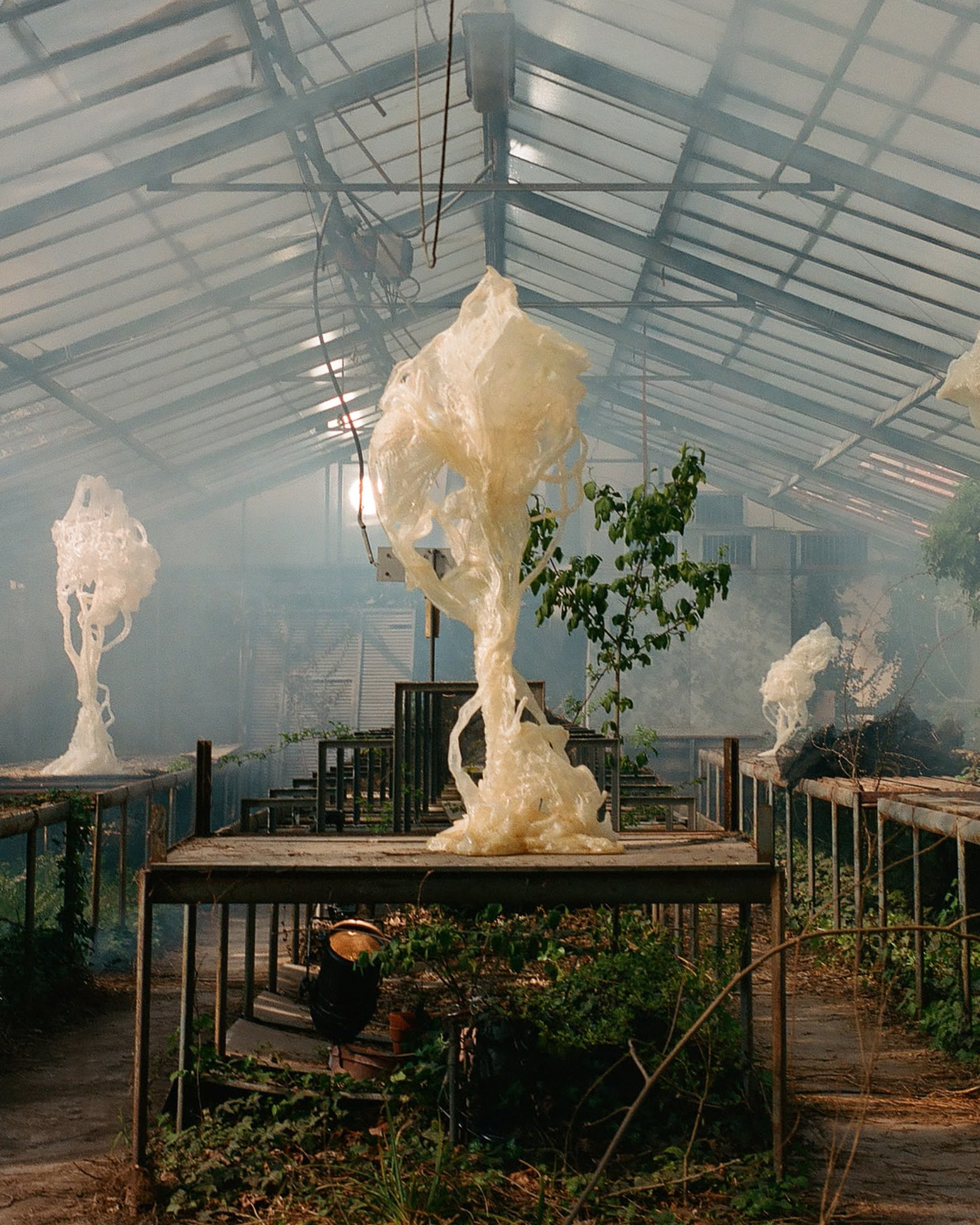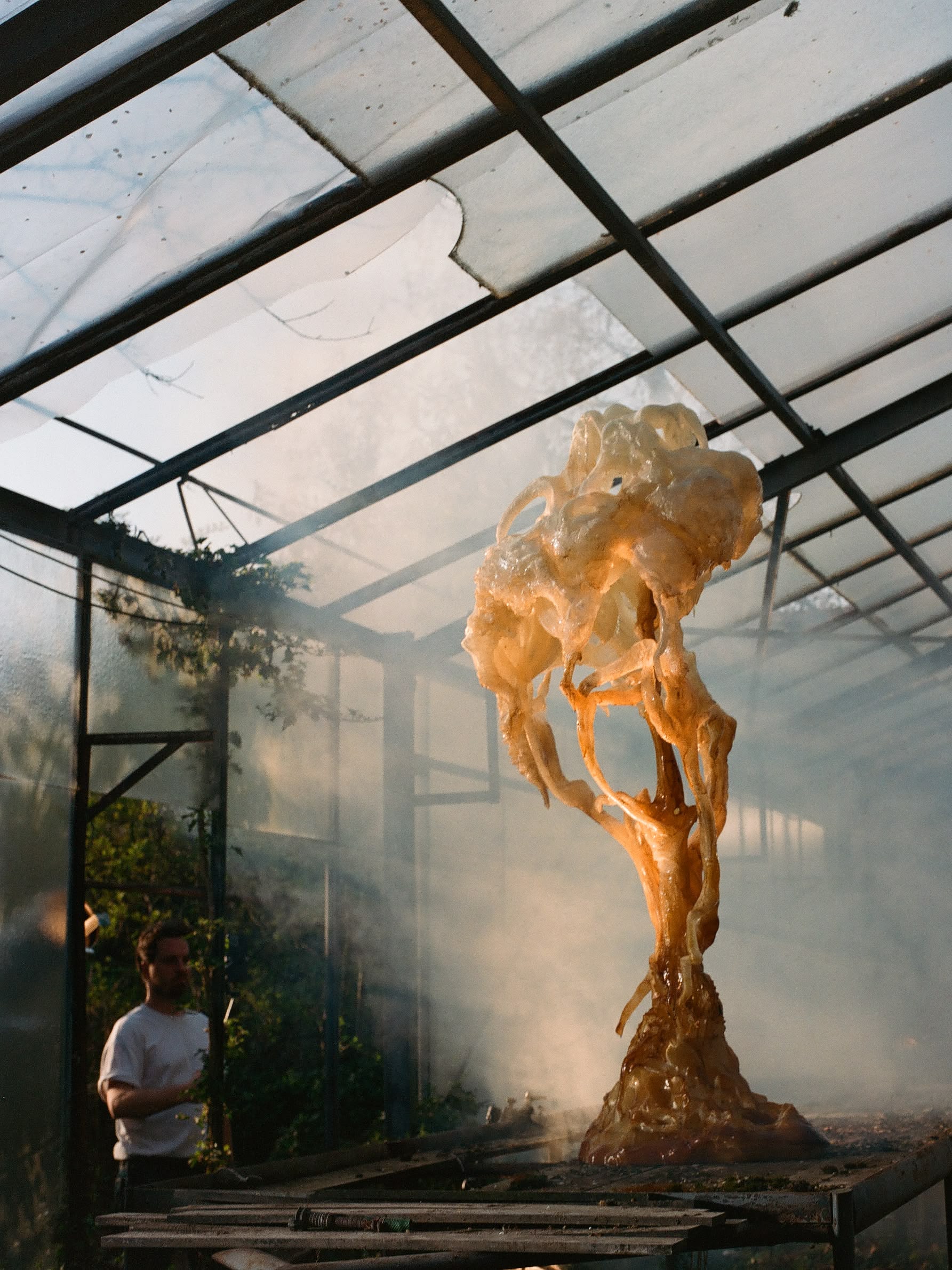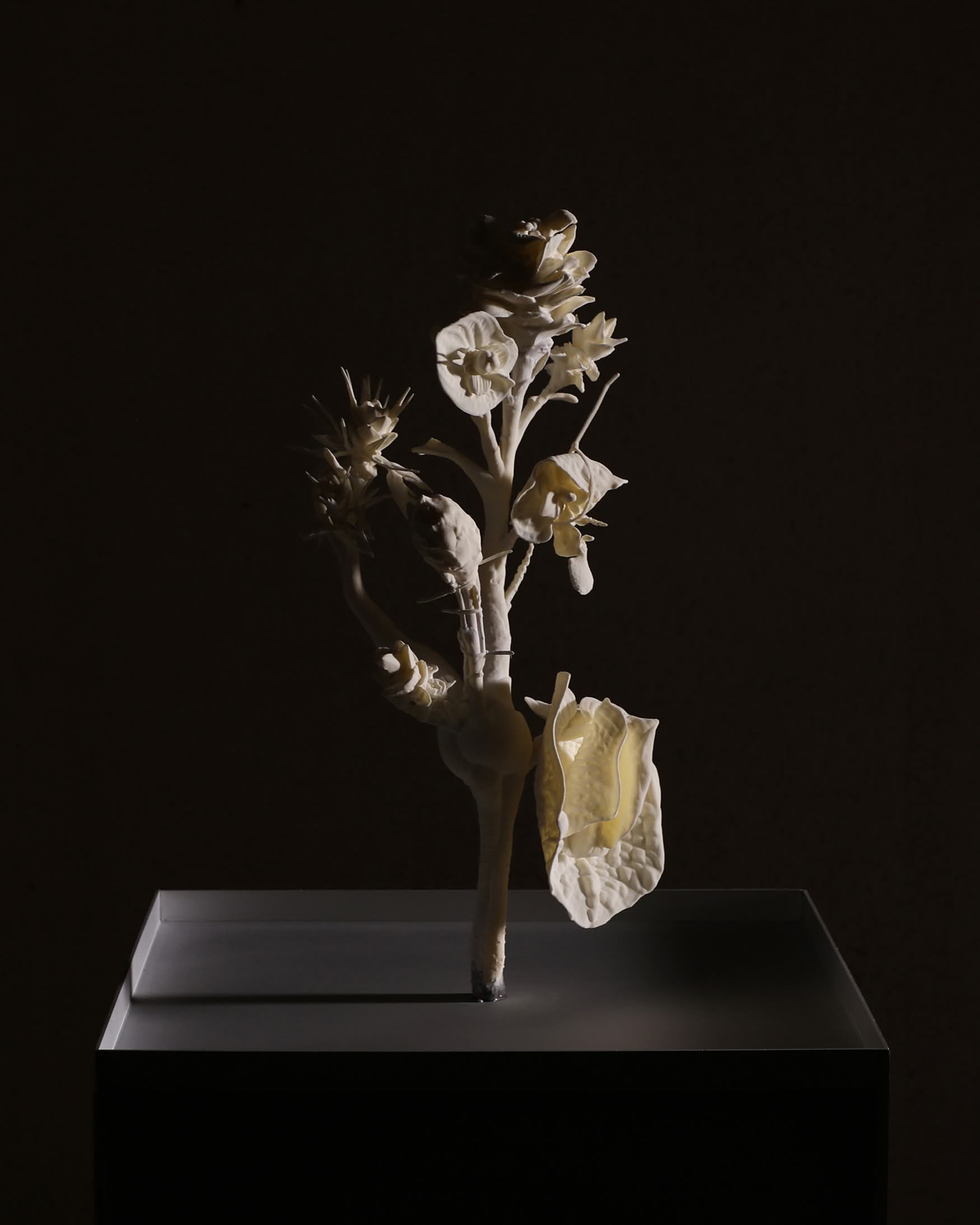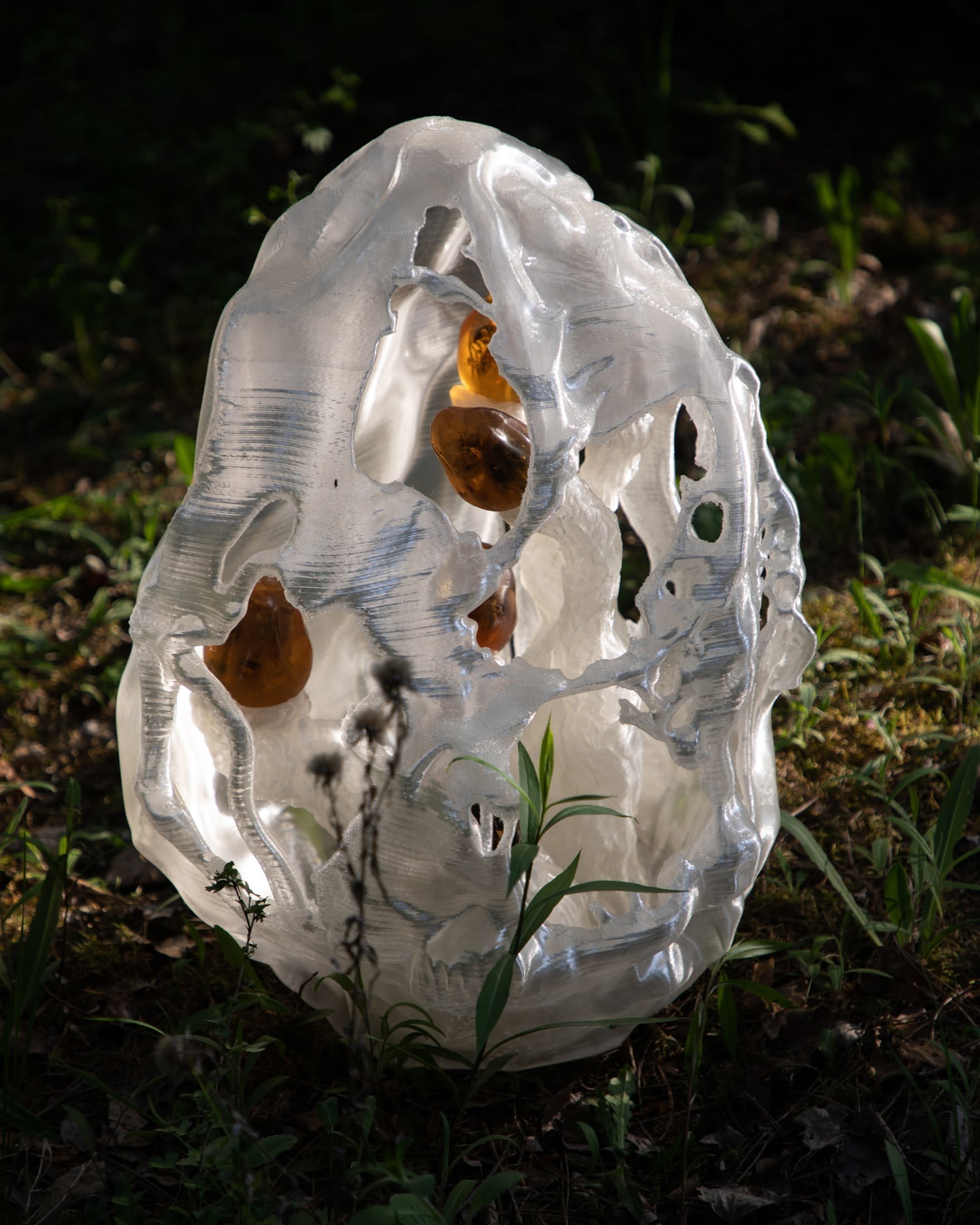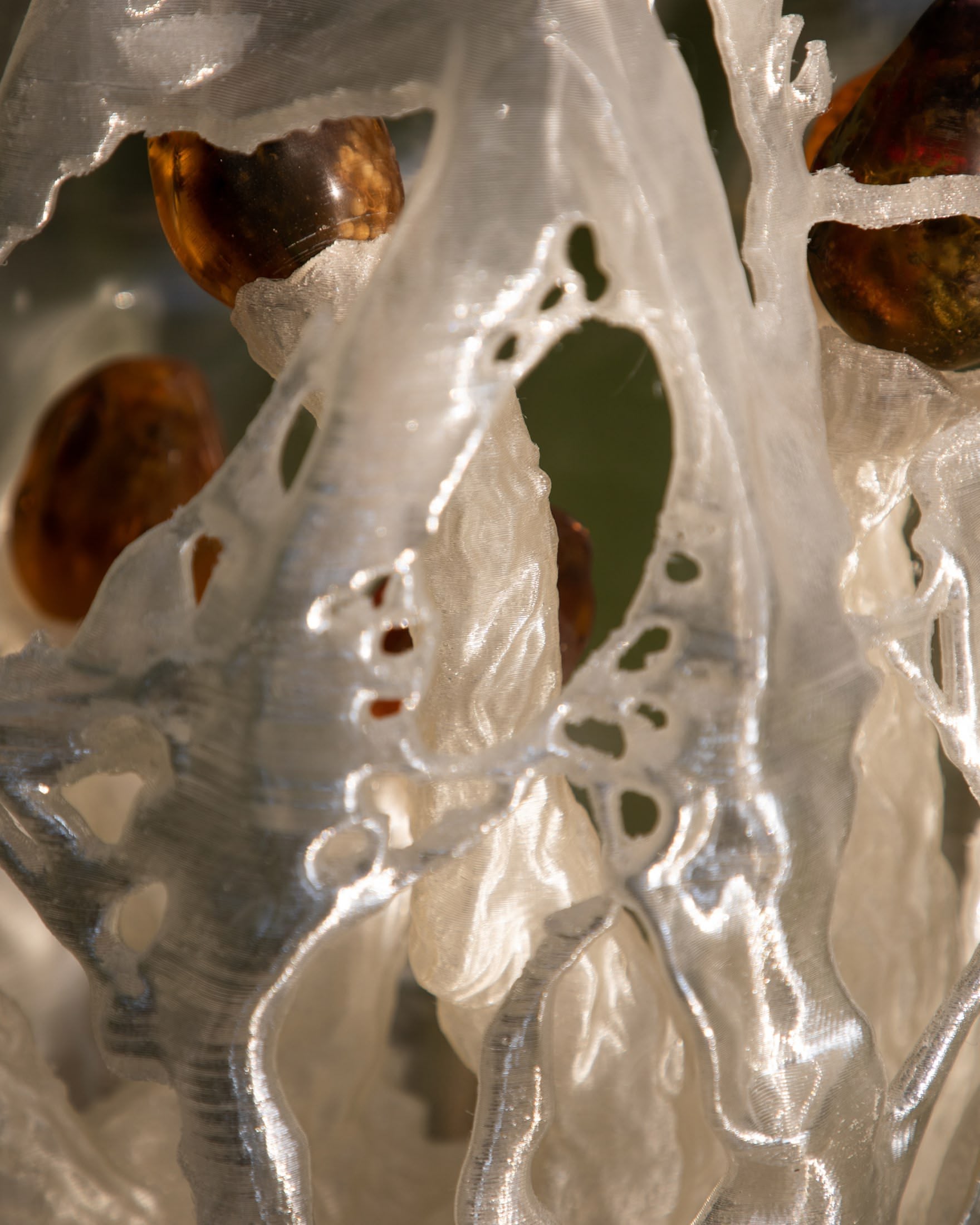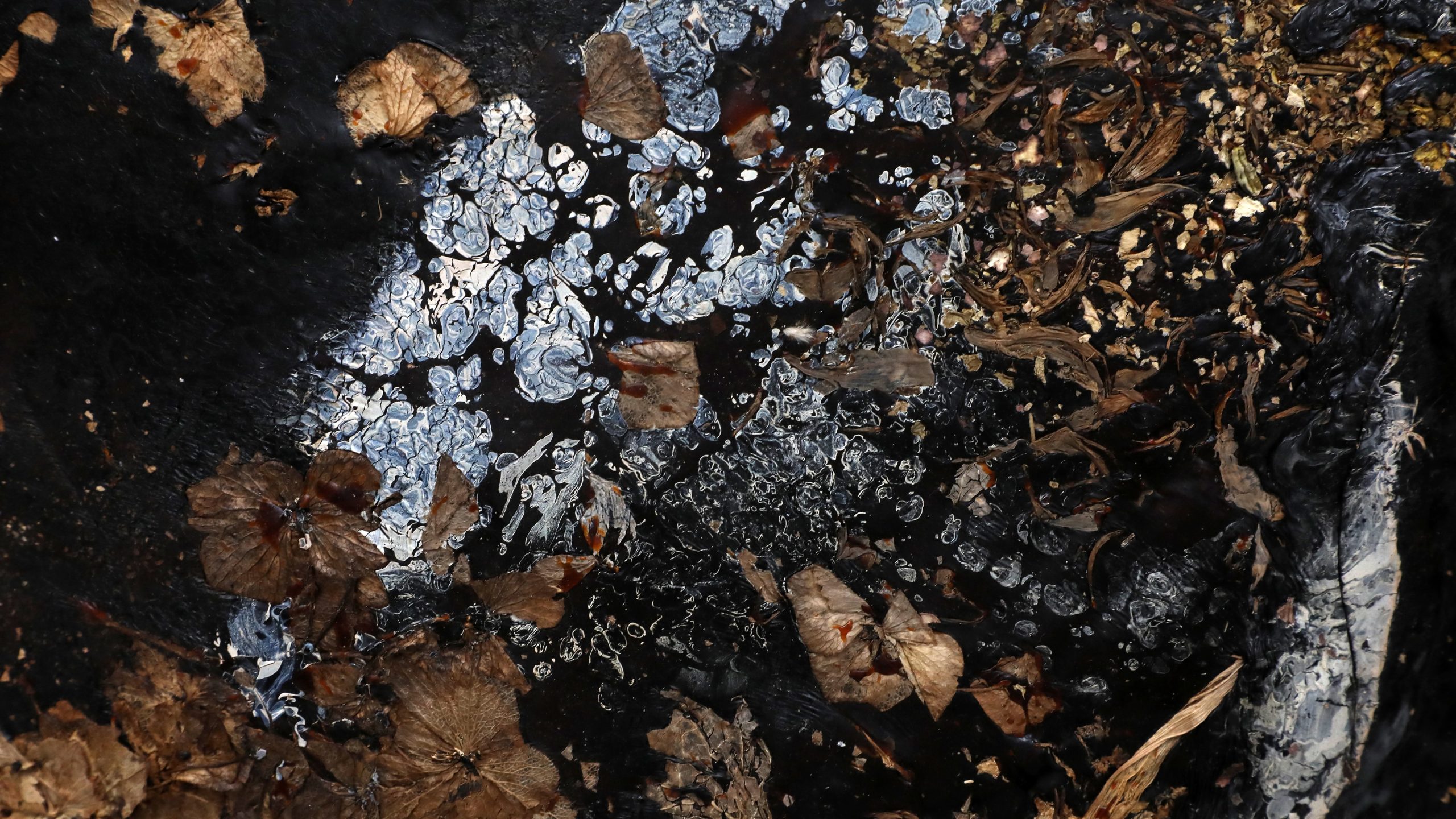
Nature of Things
About
Process
Process

Works included
Year
Team
Tamara Pilawska-Baranowska
Tessa Silva Dawson
Adam Bialek
Olga Michaluk
Mateusz Wappa
Specialists
Agroressources
Laury-Hann Briere (Researcher)
Photo credits
Exhibitions / Location
Design Sediments, Rotterdam
Bio 27, Ljubljana
Unnatural Practice, Milan
Plant Fever, Grand Hornu / Zurich / Dresden
William Morris Gallery, London
Nature of Things II, Victor Horta Museum, Brussels
Jerwood Foundation, London
Verbeke Foundation, Kemzeke
Tamara Pilawska-Baranowska
Tessa Silva Dawson
Adam Bialek
Olga Michaluk
Mateusz Wappa
Design Sediments, Rotterdam
Bio 27, Ljubljana
Unnatural Practice, Milan
Plant Fever, Grand Hornu / Zurich / Dresden
William Morris Gallery, London
Nature of Things II, Victor Horta Museum, Brussels
Jerwood Foundation, London
Verbeke Foundation, Kemzeke


